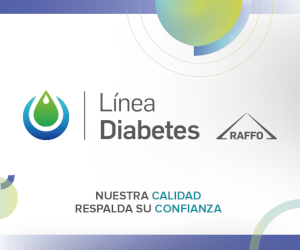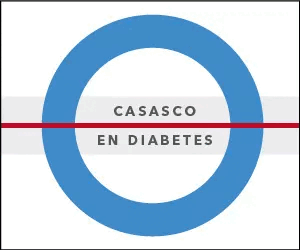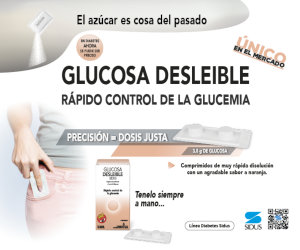Yes: Gabriela Krochik. No: Mabel Ferraro
Keywords:
diabetes, pediatrics, adolescents, remissionAbstract
Traditionally, type 2 diabetes was considered a permanent and inevitable disease. “Remission” is a more recent concept that means having no active disease, symptoms, or development of potential complications. It differs from a cure because the disease could reactivate. The definition of remission has varied over time and across different studies. Recently, an international panel of experts recommended a simplified criterion for remission in type 2 diabetes, defining it by glycemic and HbA1c values below diagnostic thresholds (glucose ≤126 mg/dL, HbA1c ≤6.5%) maintained for at least 3 months without the use of antidiabetic agents. This definition overlooks the entire continuum of alterations, insulin resistance, and inflammation that occur until β-cell failure happens.
In adolescence, current studies show that type 2 diabetes involves specific pathogenic mechanisms, including greater insulin resistance and a more rapid loss of β-cell secretion compared to adults. This results in different evolutionary patterns, with a more aggressive trajectory and a higher risk of complications. Additionally, puberty is associated with physiological changes in sensitivity that can decrease by up to 50%, both in lean and obese adolescents. This physiological resistance in adolescents with limited β-cell secretion capacity may create a high-risk period for developing diabetes, which may remit in some patients due to the dynamic nature of insulin resistance during puberty. This evolutionary pattern may create differences with the remission criteria for type 2 diabetes established for adult patients in this age group, making it controversial whether the definition of remission for type 2 diabetes is applicable to adolescents.
In adults, remission can be achieved through lifestyle changes, antidiabetic drugs, or more radically, through surgery. In pediatrics, studies are more limited and have less information based on controlled trials. The key points of the controversy will be: 1) whether the current definition of remission for adults, with the proposed biochemical parameters, is valid for adolescents; 2) whether there is evidence to support that remission can be achieved through lifestyle changes; and 3) whether there is evidence to support that remission can be achieved with the drugs approved for use in pediatrics.
References
I. Riddle MC, Cefalu WT, et al. Consensus report: definition and interpretation of remission in type 2 diabetes. Diabetes Care 2021;44:2438-2444- doi: 10.2337/dci21-0034.
II. Rothberg A, Lean M, Laferrère B. Remission of type 2 diabetes: always more questions, but enough answers for action. Diabetologia 2024;67:602-610. doi: 10.1007/s00125-023-06069-1.
III. Taheri S. Type 2 diabetes remission: a new mission in diabetes care. Diabetes Care 2024;47:47-49. doi: 10.2337/dci23-0062.
IV. Misra S, Ke C, Srinivsan S, Goyal A, Nyriyenda M J, Florez J C, Khunti K, Magliano D J, Luk A. Current insights and emerging trends in early-onset type 2 diabetes. The lancet 2023;11:768-82.
V. Go M L, Pham-Short A, Jebeile H, Varley B J, Craig M E. Current perspectives on the role of very-low_energy diets in the treatment of obesity and type 2 diabetes in youth. Diabetes Metabolic Sundrome and Obesity: Targets and Therapy 2021;14:21-225.
VI. Bjerregaard L G, Jensen B , Angquist L, Osler M, Sorensen T I A, Baker J L. Change in overeight from childhood to early adulthood and risk of type 2 diabetes NEJM 2018; 378:1302-12.
Downloads
Published
How to Cite
Issue
Section
License
Copyright (c) 2024 on behalf of the authors. Reproduction rights: Argentine Society of Diabetes

This work is licensed under a Creative Commons Attribution-NonCommercial-NoDerivatives 4.0 International License.
Dirección Nacional de Derecho de Autor, Exp. N° 5.333.129. Instituto Nacional de la Propiedad Industrial, Marca «Revista de la Sociedad Argentina de Diabetes - Asociación Civil» N° de concesión 2.605.405 y N° de disposición 1.404/13.
La Revista de la SAD está licenciada bajo Licencia Creative Commons Atribución – No Comercial – Sin Obra Derivada 4.0 Internacional.
Por otra parte, la Revista SAD permite que los autores mantengan los derechos de autor sin restricciones.





































